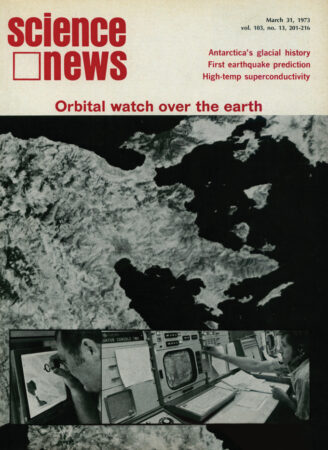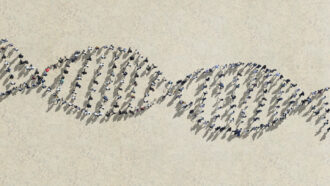50 years ago, air pollution was linked to more reports of animal bites
Excerpt from the March 31, 1973 issue of Science News

Air pollution has been linked to a higher risk of aggressive behavior in people and other animals, which may help explain why reports of dog bites rise on smoggy days.
kwphotobox/moment open/getty images plus








